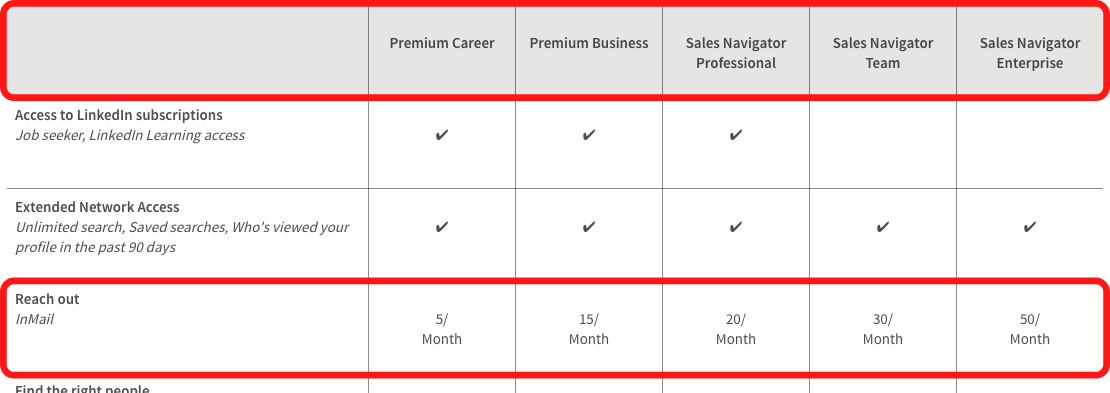LinkedIn InMail Vs Message: What’s the Difference?
Share This Post, Choose Your Platform!
LinkedIn InMail Vs Message: What’s the Difference?
Share This Post, Choose Your Platform!
One of the best parts of LinkedIn is being able to have private conversations with people you want to form a relationship with. You might have noticed that LinkedIn gives you two options for this: your standard direct message and InMail. But what is LinkedIn InMail vs message? How do they compare and contrast?
Let’s dive in!
LinkedIn InMail vs Message: Differences and Similarities
Let’s get the simple part out of the way. Both LinkedIn InMail and messages allow you to privately communicate with another person.
Here’s how they’re different.
You can only send LinkedIn messages to people to who you’re connected — in other words, your 1st-degree connections. Anyone with a free account can do this — again, as long as you’re already connected with that person. (If you weren’t already connected, you’d need to send them an invite, first.)
LinkedIn InMail allows you to message someone you’re not yet connected with — so, 1st-, 2nd-, and 3rd-degree connections. But this is a paid feature. You have to upgrade to a paid account to access it. Then, they give you a specific number of “credits,” depending on which subscription you have.
Note that LinkedIn members can choose not to receive InMail by updating their preferences.
To receive InMail credits, you’ll need to upgrade to one of the below plans. I took this from LinkedIn.
Check out my thoughts on LinkedIn Sales Navigator. I also have a video on it:
If you have a premium account, note that you cannot use those InMail credits to send InMail through Sales Navigator or Recruiter. In other words, you can’t transfer credits around.
Is LinkedIn InMail Better Than Messaging?
Yes and no. It kind of depends on how you look at it.
Is it nice being able to message just about anyone? Heck yes. You get access to so many professionals who you wouldn’t otherwise. That was my motivation for upgrading to Sales Navigator. (For context, if you’re new to my site, I’m the owner of Spark Content Agency. I use LinkedIn to connect with leads.)
That being said, if you read the blog or watched the video I included above, then you know that I didn’t find LinkedIn Sales Navigator worth the expense for the number of InMail credits they give you. Those credits go fast. So, if you’re like me and only want it for the credits, I wouldn’t suggest it.
Furthermore, being able to access more people doesn’t mean you’re going to get more or better responses. Understanding how to communicate with people is key. Check out my blog on LinkedIn messaging for more help on this.
All in all, even paying for Sales Navigator and using those InMail credits didn’t make much of a difference in my client acquisition process. I’ve stuck to using LinkedIn for free, and that’s what I tell my students in Revenue Spark to do, and it gets the job done.
So, don’t feel pressured to pay up. I’ll always be transparent about what I believe to be a good investment… and not. While I love LinkedIn (like, I love, love, love it) and use it religiously, for the purpose of connecting with leads and turning them into clients, I just didn’t find it worth the money (unless you want it for more than the InMail credits!).
I’ve got plenty more where this came from. If you want to learn more about LinkedIn, cold emailing, and landing clients, head to my YouTube channel. If you find the content valuable, I’d be so grateful if you would subscribe.

